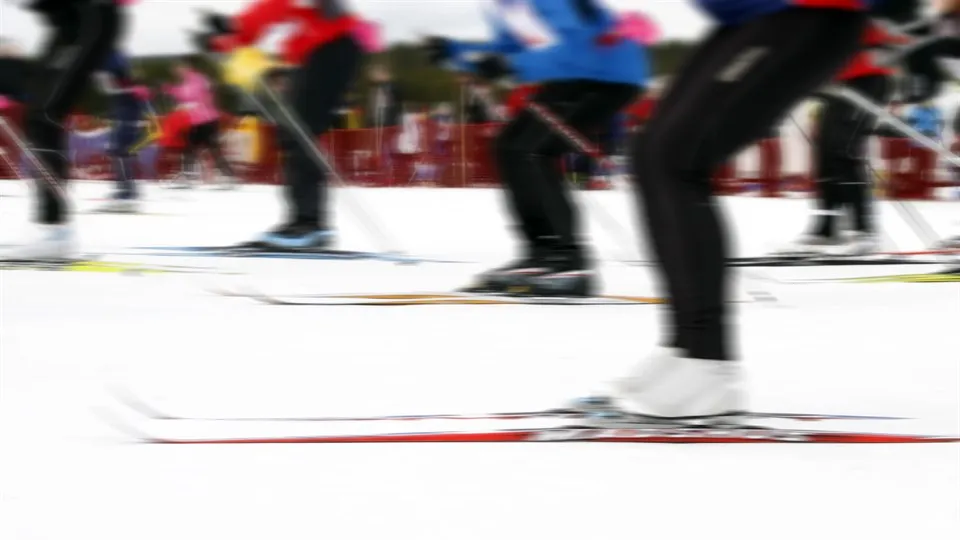The digital sports arena
Training apps, heart rate monitors and competition suits fitted with sensors are just a selection of the glut of technological innovations to have swept across the world of sport in the past few years. The Swedish Winter Sport Research Centre at Mid Sweden University is now launching the Digital Arena research initiative, which seeks to develop new technical solutions for elite athletes and coaches as well as spectators and the media.
Internet of Sports is a multi-faceted project based at the Swedish Winter Sport Research Centre (SWSRC) spanning a wide range of sub-divisions in which sport is fused with technology, the internet, physiology and biomechanics.
“Digital Arena” is one of the project’s most recent initiatives. The idea was conceived when researchers at NVC observed that there was a demand for new technical devices during major sporting events. “You could say the digital arena comprises three groups in which technical devices can stimulate development: athletes and their coaches, spectators and the media,” explains H-C Holmberg, Professor of Health Sciences at SWSRC and project manager for the Digital Arena initiative. In major sporting contests, competitors are naturally seeking to exploit any means of attaining their maximum physical performance, while spectators want as much entertainment as possible, and sports journalists need easy ways of obtaining advanced information and statistics.
All this can be achieved with the help of different technical innovations, argues Holmberg. He explains how SWSRC, which collaborated with universities in Norway, Slovenia and Austria, started its research at the 2015 World Ski Championships in Falun. “We installed a special system consisting of a number of antennas positioned throughout the skiing arena, and then placed tags on the competitors so we could measure their speed and location. With the data obtained, coaches were then able to give feedback on their athletes’ skiing performance.”
Giant screen in the centre
For spectators and the media, the aim is to provide a better overview, more information and a wider range of options. For example, at skiing competitions, the giant screen is placed at the centre. Previously, there was only one screen situated at the finish area, where most of the spectators were gathered. Screens are now also located along the track, to ensure the action can be followed by as many people as possible. “Previously, you could only see the skiers as they passed the area where you were standing, but now, there is a range of other options,” adds Holmberg.
Another aspect of the digital arena being investigated by the researchers at SWSRC is the use of smartphones and tablets. Specially developed applications will enable spectators themselves to select the information of most interest to them. “It could be finding out which skier has the best pace down a particular descent, or comparing the best contestants across certain sections of terrain.”
Wearables proving popular
However, the biggest segment in sports technology solutions is to be found among recreational exercisers, as opposed to elite performers. Such “wearables” – apps, watches, armbands and heart rate monitors which measure training data – have proved a big hit. H-C Holmberg refers to an “explosive market” which is overwhelmingly positive, even if the actual benefits of the technology on training performance are rarely scientifically verified. “More research is required in this field.
That said, it does appear that technical devices stimulate reinforcement mechanisms for those exercising. More and more of us are exercising, which is of course very positive, with or without scientific evidence,” he adds

